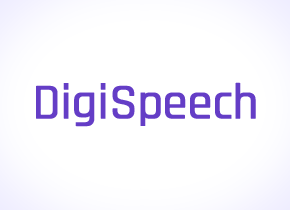In this project we developed an automated data preparation system to improve Torah reading recognition with cantillation (te'amim). The main challenge was to adapt existing datasets, which typically consist of long recordings, to the requirements of training models like Whisper, which necessitate short audio segments (under 30 seconds).
The developed system includes: VAD-based audio segmentation, initial transcription using Whisper, and a unique iterative text alignment mechanism bridging the gap between modern transcription and biblical text. Additionally, tools were created for automated data collection from YouTube, utilizing an LLM for Parasha/Aliyah identification.


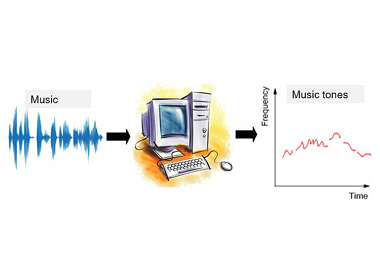


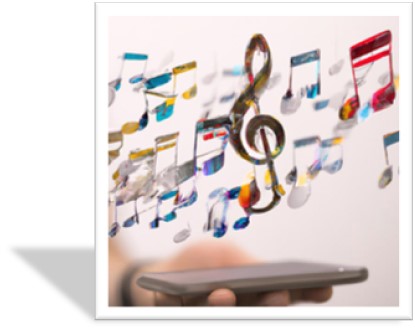

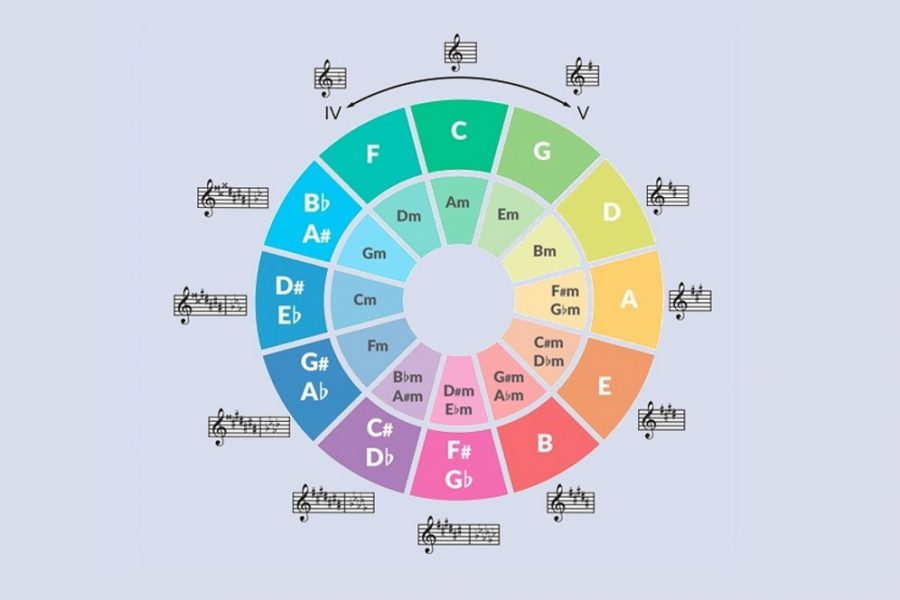
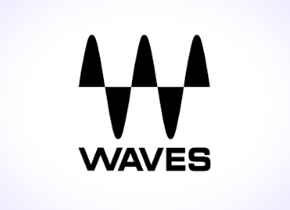
 Symbian Guitar Tuner
Symbian Guitar Tuner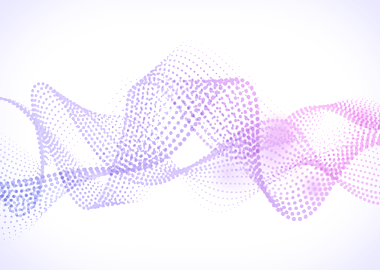
 Automatic Transcription of Piano Polyphonic Music
Automatic Transcription of Piano Polyphonic Music
 MP3 Robust Digital Watermark
MP3 Robust Digital Watermark
 Automatic Transcription of Music
Automatic Transcription of Music

 Ancillary Instrument for Piano Tuning
Ancillary Instrument for Piano Tuning
